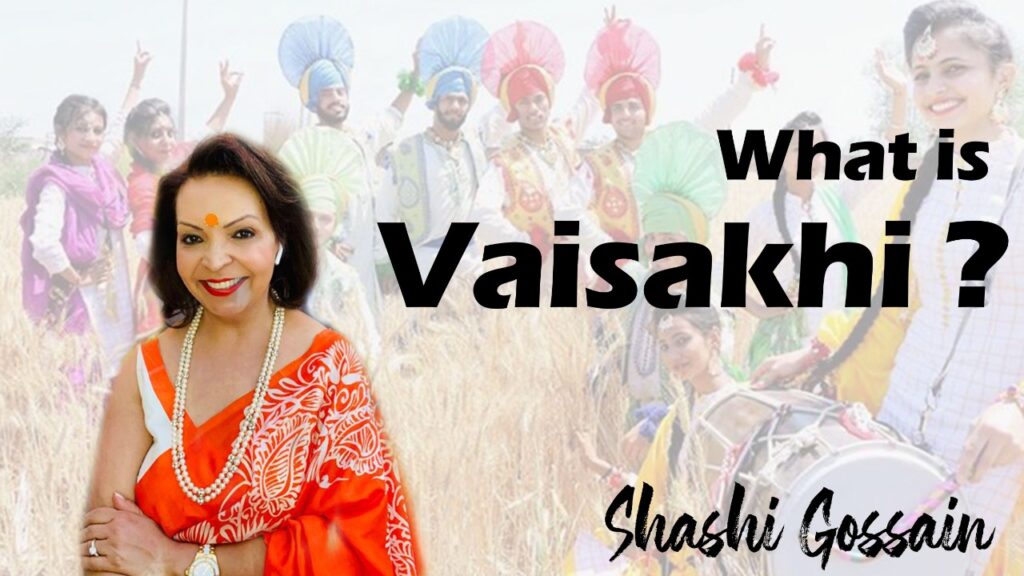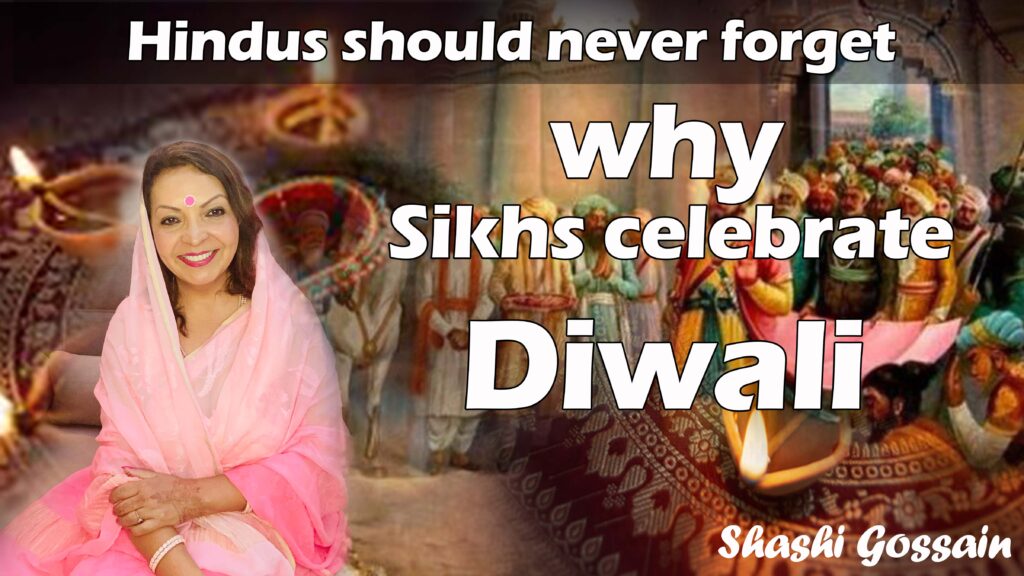As I have mentioned many times, India is a land of festivals. There’s a festival for every relationship, season, Gods, Anniversaries, nature, to name a few…. Today we will discuss about a Harvest festival that is Festival of Vaishakhi.
What is Vaisakhi and why is it celebrated?
Vaisakhi or Baisakhi, is one such festival, which is the Spring Harvest festival that is celebrated on 13th April every year for many centuries throughout India. It marks the Hindu solar New Year. However, it is a particular significance to the Sikhs.
Why is Vaisakhi important Sikhism?
Vaishakhi is a particular significance to the Sikhs. So let’s look at this special day for Sikhs first, For Sikhs, Vaisakhi is a religious & historical festival. Vaisakhi is regarded as the Sikh New Year for the following reason:
- It is the date the Sikh religion, the Khalsa Panth, the “Order of the Pure Ones” was initiated. Guru Tegh Bahadurji was persecuted & executed by the Mughal Emperor, Aurangzeb, for helping the Kashmiri Pandits and refusing to convert to Islam on 11th Non 1675. The coronation of his son, the tenth Guru of Sikhism, Guru Gobind Singhji took place on Vaisakhi, 1676. The historic formation of Khalsa, also took place on the Vaisakhi day in 1699. This day is also called Khalsa Sajna Divas. It was a day when Sikh warriors were baptized to defend religious freedoms. Guru Gobind Singhji wanted to instil courage & strength to his followers. He wanted to uplift their morale to combat the evil forces of injustice, tyranny, and oppression that was being given by the Mughal rulers.
- Ranjit Singh was proclaimed as the Maharaja of the Sikh Empire on 12th April, 1801, creating a unified political state. Sahib Singh Bedi, a descendant of Guru Nanak Devji conducted the coronation.
- Sadly, it also commemorates another sad & dreadful incident in the History of India. It was on Vaisakhi in 1919 when the British colonial empire official, General Reginald Dyer carried out the Jallaianwala Bagh Massacre in Amritsar, on thousands of innocent, festive revellers who had gathered in the gardens. This shocked the world and triggered the Indian movement against colonial rule, which ended in 1947.
How is Vaisakhi celebrated in India?
On Vaisakhi, Gurdwaras are given a thorough spring-clean & beautifully decorated. Sikhs visit the Gurdwaras, hold kirtans, community fairs and festive food is served in Nigar kirtans, which are organised processions through streets to chants of religious & local music, song & dances. These are led always led by two sets of 5 people, dressed in saffron clothes, one being the Panj Pyare, carrying Kirpans and one the Panj Mukte, who carry the orange flags, called, Nishan Sahib. The procession arrives finally at the designated Gurudwara where Ardaas or the prayers of blessings are offered. Many Sikhs also choose Vaisakhi as the day to be baptised in to the Khalsa brotherhood. Special celebration takes place at
- Talwandi Sabo, where Guru Gobind Singhji stayed for 9 months & completed the recompilation of the Guru Granth Sahib.
- Anandpur Sahib gurudwara, the birthplace of the Khalsa &
- Golden Temple in Amritsar.
Why is Baisakhi celebrated in Punjab? And North India?
Vaisakhi has been a spring harvest festival in Punjab, in northern India, for centuries, well before Sikhism was formed. It’s a very colourful event, with an air of joyous festivities. This day is observed as a thanksgiving day by farmers whereby farmers pay their tribute, thanking God for the abundant harvest and also praying for future prosperity. The first crop is cut by a group of people, while singing to the sound of drums. In the evening, folk dances, called bhangra takes place, with Fairs, distribution of sweets and folklore tales recited by the elders.
Is Vaisakhi a Hindu festival?
Many Hindus have a dip in sacred rivers such as Ganges, Jhelum, and Kaveri, as we believe that the river Goddess Ganges descended to earth on Vaisakhi from Svarg or Heavens. One of the largest Vaisakhi fair in India is held at Haridwar, which is an important Hindu pilgrimage. Over 50,000 pilgrims will throng Brahm Kund in Haridwar to take a dip in the river on this festival. Special thanksgiving prayers are held in every household to thank the Deities for the harvest. Charity in the form of money, grains, cows or service is donated on this sacred day. Families would visit temples, meet friends and take part in other festivities. It’s also a very auspicious day for marriages. Most ladies will wear new clothes and bangles. Many people re-decorate their homes. Fresh paint is applied to walls & the floors are plastered. It’s a time for new beginnings.
What are the five symbols of Sikhism?
Guru Gobind Singhji offered five emblems of purity and courage. These symbols, worn by all baptised Sikhs of both sexes, are popularly known today as Five Ks:
- Kesh, unshorn hair
- Kangha, the wooden comb;
- Karra, the iron (or steel) bracelet
- Kirpan, the sword
- Kachera, the loose, long briefs
What does Singh mean? Does Kaur mean Princess?
By being identifiable, no Sikh could ever hide behind cowardice again. The Guru gave the surname of Singh (Lion) to every Sikh and also took the name for himself. He also pronounced that all Sikh women embody royalty, and gave them the surname Kaur (Princess). With the distinct Khalsa identity and consciousness of purity, Guru Gobind Singh gave all Sikhs the opportunity to live lives of courage, sacrifice, and equality.



